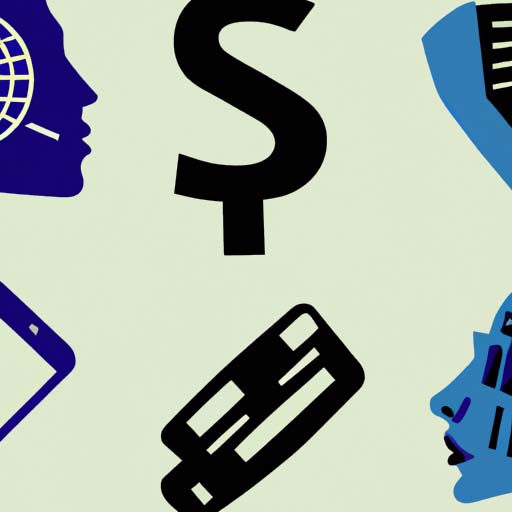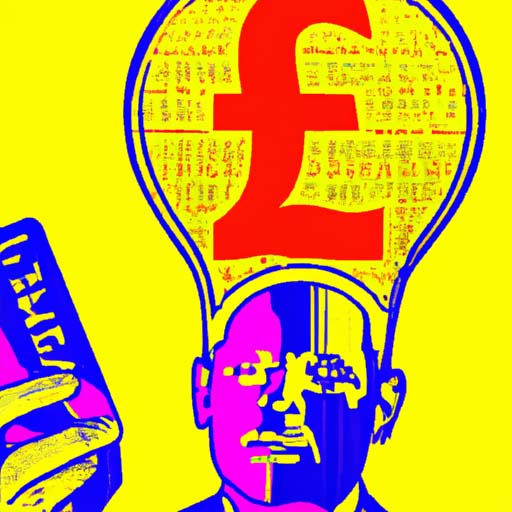TLDR:
- The Federal Reserve has decided to keep interest rates at their current level of 5.25%-5.5%, which is the highest it has been in 23 years.
- There is uncertainty about the future of borrowing costs as the central bank did not give any indication of when rate cuts might occur.
Officials at the Federal Reserve have chosen to maintain interest rates at their current level of 5.25%-5.5%, one of the highest rates in 23 years. This decision leaves uncertainty about the future of borrowing costs, as the bank did not provide a clear path for rate cuts. The target range for the benchmark rate affects the costs of mortgages, credit cards, and other loans. While investors are expecting rate cuts later this year, the exact timing of any reversal in the current rate hike remains uncertain. This decision comes as central banks in other countries, including the Bank of England, are also facing similar decisions.
The Fed’s statement acknowledges that most members expect rates to be reduced sometime this year, but Chair Jerome Powell emphasized the need for “greater confidence” in continued inflation decline. He stated that the bank is still looking for more data, noting that the recent falls in inflation have been driven by goods prices rather than services prices. The Fed has not raised interest rates since July, and this month’s meeting marks the fourth consecutive meeting without any changes to the rates.
Supporters of rate cuts argue that the previously soaring price increases that prompted the central bank to raise rates in 2022 have since slowed. The inflation rate in the United States was 3.4% in December, although some measures show even lower rates approaching the Fed’s target rate of 2%. Raising interest rates can help cool inflation by making borrowing more expensive and reducing demand for loans. However, higher rates can also slow economic activity, such as home purchases and business expansions, potentially leading to a recession. Despite slowing growth and certain sectors, such as housing, being impacted, the overall economy has remained surprisingly resilient, giving the Fed less pressure to take action.
Analysts believe that the recent statement from the Fed indicates comfort with the current rates and a desire to push back against market expectations of imminent cuts. Chief economist Brian Coulton at Fitch Ratings says, “We don’t see rate cuts until June or July,” pointing out that evidence of a growth slowdown is lacking, the labor market remains tight, and wage and services inflation rates are high.



